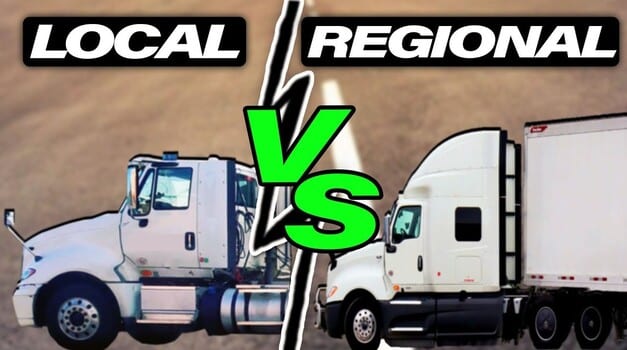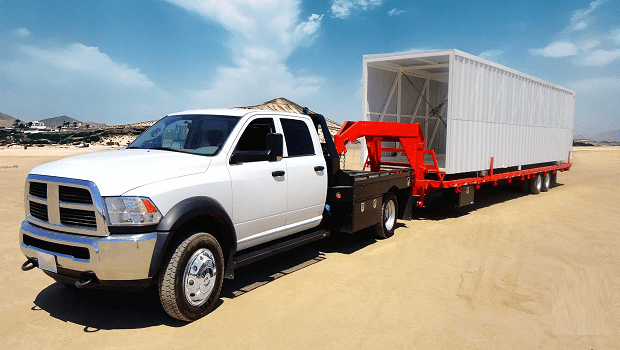
August 9, 2023

2761 Views

7 min read

June 5, 2025

3504 Views

5 min read
Hot shot trucking delivers smaller freight loads using medium-duty pickup trucks and flatbed trailers, offering a faster, cost-effective alternative to LTL or partial-truckload services. Originating in the 1970s oil industry, drivers waited outside factories to rush critical drill parts directly to rigs, creating a niche for urgent, owner-operator deliveries.
It remains vital for time-sensitive shipments across industries. As demand grows, understanding its role in modern logistics is key. At FleetCare, we empower businesses to choose the right trucking solutions for their needs. Today, you will learn everything you need to know about hot shot trucking and get a complete overview of how to get started.
Hot shot trucking offers several advantages that make it an attractive option for those looking to enter the transportation industry or diversify their existing operations.

Entering the hot shot trucking industry requires adherence to specific requirements and regulations to ensure compliance and safety.
Trucks must meet Class 3–5 weight ratings based on their characteristics, while trailers vary by load type:
Regular inspections and securement tools (chains, tarps) are mandatory to comply with Federal Motor Carrier Safety Administration (FMCSA) standards16.
Starting a hot shot trucking business involves careful planning and strategic investments. Below are the essential steps to launch your business:
The primary investment is a reliable truck and trailer capable of handling hot shot loads. A used one-ton truck can cost $20,000–$50,000, while a new one may range from $50,000–$80,000. Trailers, such as flatbeds or goosenecks, typically cost $5,000–$15,000. Additional equipment characteristics like tie-downs, tarps, and an ELD may add $1,000–$3,000 to startup costs. Budget for ongoing expenses like fuel, maintenance, and insurance premiums.
Finding and Securing Hot Shot Loads
Load boards, such as DAT,are valuable resources for finding and securing hot shot loads. Building long-term relationships with freight brokers and direct clients can lead to consistent contracts. To stand out, focus on reliability, timely communication, and professionalism. Negotiate rates that cover fuel, maintenance, and your time while remaining competitive in the market.

Hot shot trucking offers a unique opportunity to enter the transportation industry with lower barriers to entry and greater flexibility than traditional trucking. Its long-term benefits include the potential for high earnings, independence, and the ability to serve niche markets with less competition. To succeed and grow in the hot shot trucking industry, focus on building a reputation for reliability, investing in quality equipment, and staying compliant with regulations.
At FleetCare, we understand the complexities of choosing the right transportation solution for your business needs. Our team of experts can help you determine whether hot shot trucking is the best fit for your freight requirements and connect you with reliable operators who meet our high standards for safety and service. Contact us today to explore tailored solutions and take the first step toward a successful hot-shot trucking business!
Test